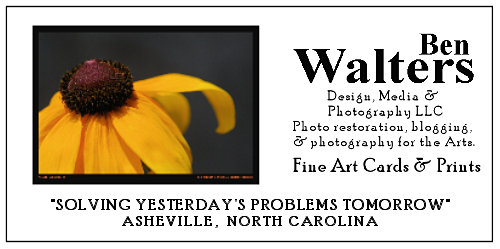
Archiving any type of collection is a daunting task. With my father's photographic collection, which spans work from 1942 to 1991, I'm looking at between 400-500 prints and probably 20-30,000 thousand negatives. Logistically, it's not easy to decide on a given course for how to proceed. From a practical standpoint reducing the physical volume of material is paramount.
Prints take up the most space and yet only in the print is the photographers' vision fully realized. When they are available, prints are much preferred over negatives of the same image for this reason. In a photochemical darkroom, an image can be manipulated an extreme amount during the printing process.
There is the choice of paper surface (glossy, matte, satin, semi-gloss and textured) and each paper brings it's own properties to the process. Some papers are warm leaning towards a brownish hue, while others are cool swaying an image towards a bluish cast. Papers also vary in silver content which affects how sensitive they are to subtle gradations of light.
There are techniques which are used to bring out details or mask areas. Burning in (a longer exposure to light of a selective area) darkens an area. Dodging (holding back the amount of light reaching a selective area) lightens it.
Then there are toners or chemical agents which coat or interact with the silver in the paper. Toners change the color of the final image, some subtly and some in a more dramatic fashion. Prints can be selectively bleached using potassium ferricyanide to lighten a region or totally turn it white, erasing an area back to the original shade of the paper.
These three broad areas; paper choice, light orchestration and chemical interactions touch on only a few of the methodologies employed by a fine print maker. A few techniques such as flashing and spot developing can't be mentioned in polite company.
I'm discovering that the poorly stored existing prints are going to require an extensive amount of retouching to get them back to pristine condition.

No comments:
Post a Comment